Surfing is one of the most exciting sports in the world today. The speed, excitement, and thrill that the sport offers are unparalleled. But do you know the origin and history of the sport?
Despite the modern elements used in surfing today, including surf suits and surfboards, surfing has a rich history that goes back hundreds of years. Several tribes and communities used surfing as a sport and as a competition that had real-life implications on the overall hierarchy of society.
In this article, we get into the origins of surfing. We talk about the rich history behind the activity and how it developed into today’s sport.
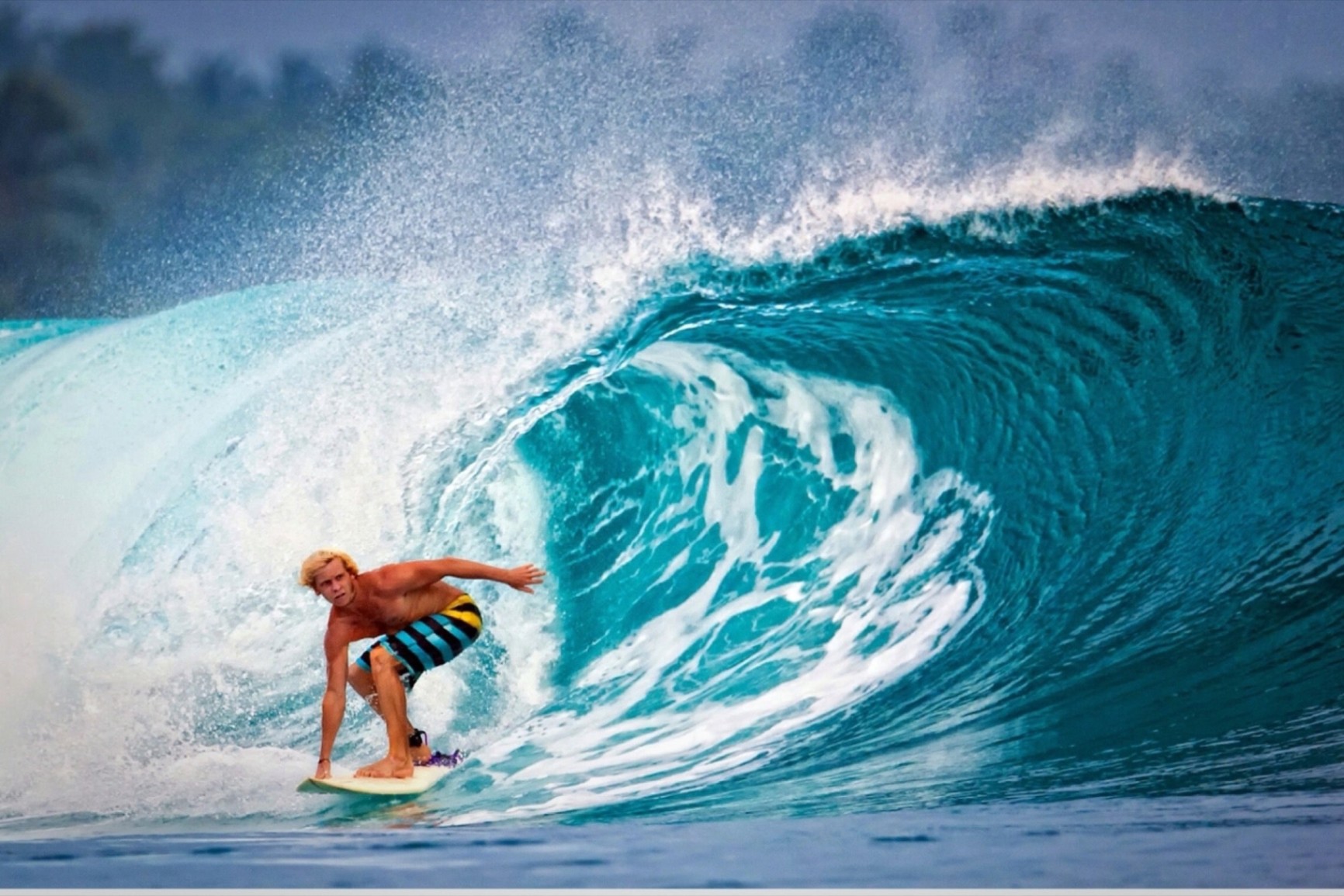
The First Surfers
Based on research by historians, the earliest instances of surfing happened in Polynesian cultures. These cultures existed around 3000 years ago, which means that surfing has been around since BC years.
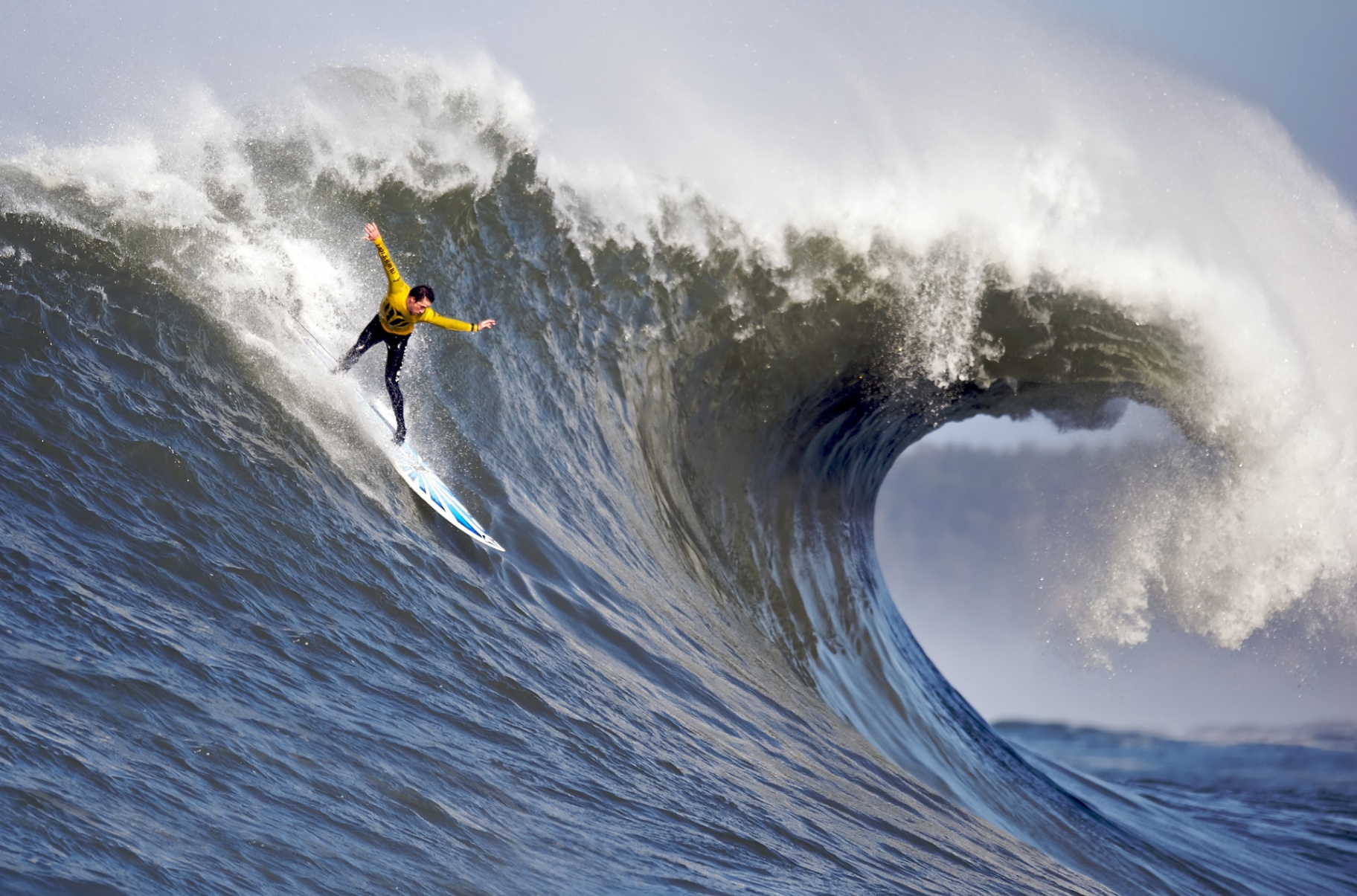
Surfing used to be used as a recreational activity and was considered a skill that displayed your strength. In fact, there are some legends that say that the head of a community or a tribe was the best surfer present there.
This could have stemmed from the fact that most of these communities, tribes, and societies used to make settlements near large bodies of water. For communities near the oceans, the water provided them with fish and other seafood and helped them be prepared in case of attacks from rivals.
Hawaii
Hawaii is synonymous with and is known for its surfing culture. Long before the islands became a part of the United States, there were several tribes that made them their home. According to historians, surfing was an integral part of the life of every Hawaiian person.
This means that they did not consider it just a way to spend their time or get some excitement. For them, surfing was a way of life. It was art that needed to be explored and cultivated within everyone.
Surfing even found a way into the religion of the people of Hawaii. When surfing boards were constructed, they were not just designed for maximum speed and buoyancy. The tree chosen for making these boards had to be just right.
Rituals in Hawaii
When a surfboard was being built, there were rules and regulations set down by religion for its construction. Several rituals were undertaken during the construction, designing, and shaping of surfboards, making this practice an important one among the islands.
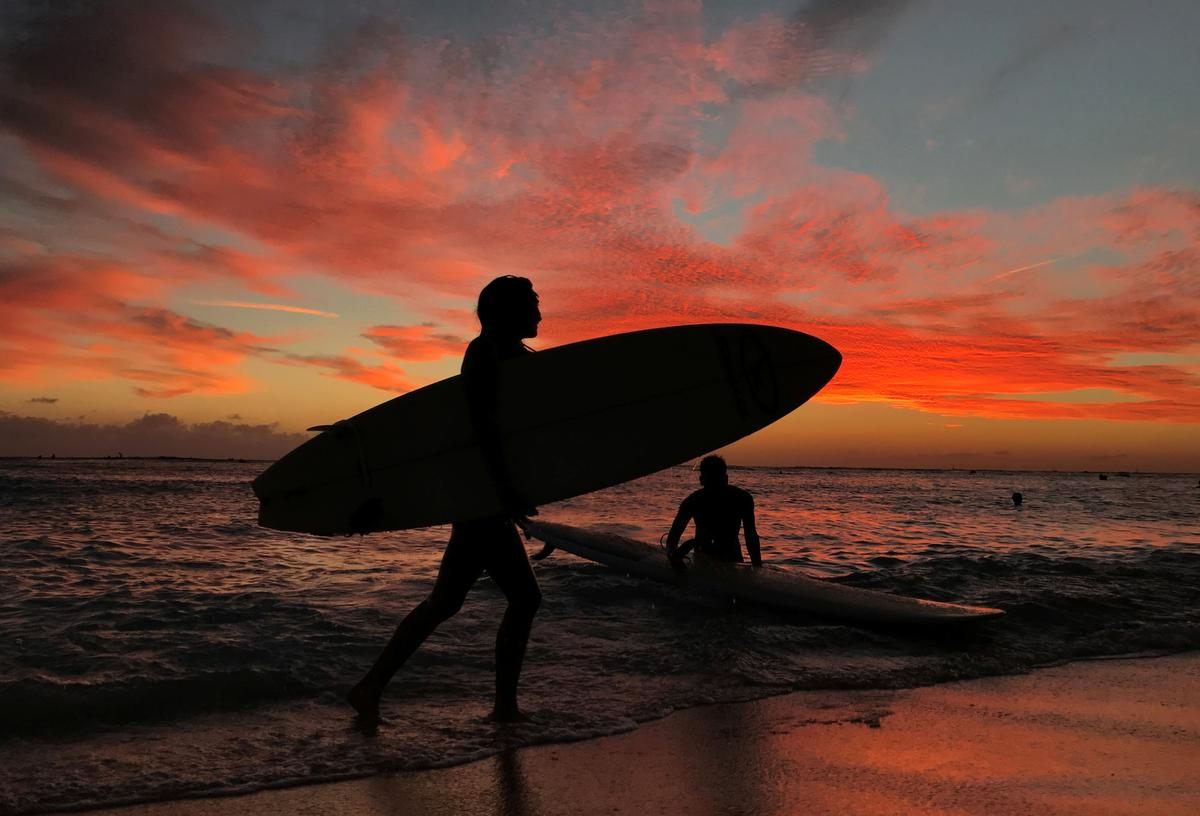
There were only three trees that were considered suitable for making surfing boards. These were the koa, ulu, and wiliwili trees. Once the tree was dug out of the ground, fish was placed in the hole as an offering to the gods. The shapes of the boards were also carefully regulated.
The hierarchy of the society also dictated surfing in Hawaii. Though everyone surfed, regardless of their societal standing, financial position, age, or gender, there were specific spots for where people could surf.
For example, some spots were meant just for the king, while some were meant just for women.
The Rise and Fall of Surfing in Hawaii
Though surfing was one of the most important activities in the life of Hawaiians, there were certain pitfalls that came in the way. The most detrimental factor that played a part in reducing the part that surfing played in the culture was Christian missionaries’ arrival.
This led to the colonization of Hawaii, which resulted in a change of their clothes and their day’s schedules, and how their children were brought up. More emphasis was put on education and labor, which left a lot less time for people to participate in their favorite activity.
This caused the impact of surfing on daily life to be reduced by a lot. The Hawaiian way of life was broken down, and people were sent to work on sugar plantations. Surfing, which was a way of life for these people, was deemed a waste of time and discouraged from giving them time for work.
Surfing Outside of Hawaii
Though surfing was discouraged and no time was allowed for the Hawaiian people to partake in this activity, it never completely died out. This meant that there were always occasional surfers present on the beach when explorers throughout the world found Hawaii.
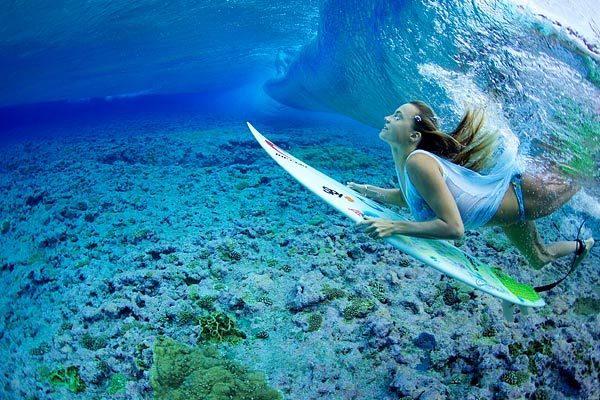
James Cook was one of the earliest explorers whose records show a description of surfing. He was a British navigator who worked in the Royal Navy and discovered new lands and is best known for his voyages of exploration that he undertook in the 18th century.
Waikiki
Though descriptions were found and the sport was heard of in other parts of the world, it was not until the town of Waikiki in Hawaii became a popular tourist destination that Western civilization actually got into surfing.
Rich Americans used to travel to the beach and used to find locals surfing there. This aroused their curiosity and they wanted to try it too. According to reports, Mark Twain attempted to surf in 1866 and failed, while Jack London tried it as well in 1907.
These authors were famous for their chronicles when it came to traveling, and their description of the sport made people in the western world want to try out this “Royal Sport” as well, as put forth by Jack London.
The Waikiki Beach Boys
Noticing that wealthy westerners were arriving at Hawaii curious about the sport, a group of locals who used to hang out by the beach and surf decided to use it to their advantage. They started giving demonstrations and lessons to people who wanted to try out the sport.
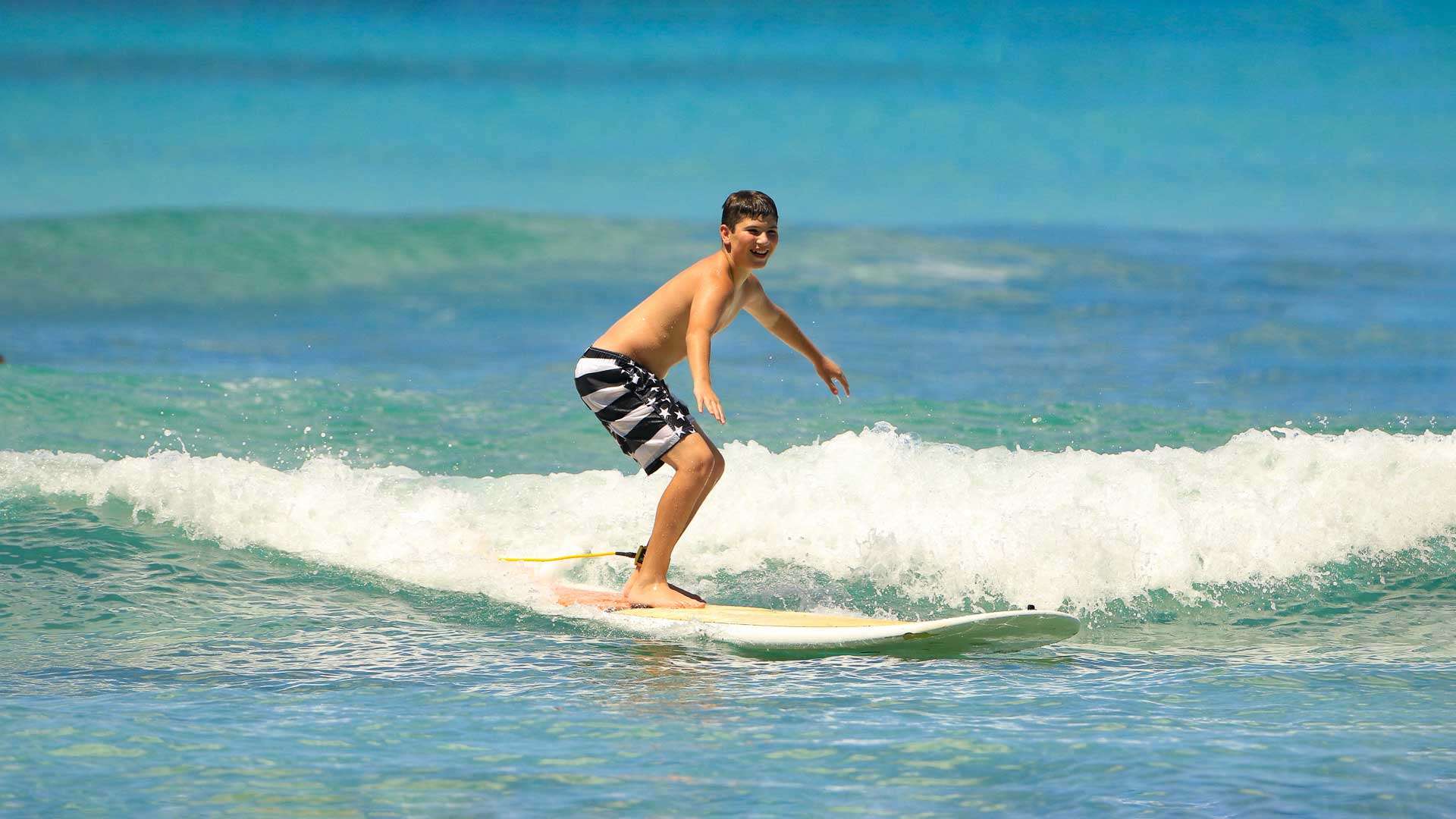
This group came to be known as the Waikiki Beach Boys. The culture of having trainers on the beach who surfed and taught tourists how to surf eventually set a precedent for surfing beaches worldwide, including Australia, California, and South Africa.
North America
Because of the constant trips to Hawaii and the increasing popularity of the sport in the United States, it was not long before someone brought surfing back to the US mainland. Because of the proximity to Hawaii and the nature of the waves, the west coast in California was the first place where surfing was introduced.
As a publicity stunt for the Los Angeles Redondo Huntington railroad opening in 1907, George Feeth was the first person who performed his surfing skills in California. Just two years later, in 1909, Burke Haywood Bridges introduced the sport to the east coast by starting it in North Carolina.
After this, the popularity of surfing grew, but there were certain spots that attracted the most crowds and popularity. One of these spots was Malibu. Because of how close it was to Hollywood and the consistent quality of the surf around this area, this became the coveted spot for surfers in America.
The Spread of Surfing Throughout the World
Gradually but inevitably, surfing started spreading throughout the world because of the sheer adrenaline that was guaranteed with the sport. Australia and Europe were some of the first parts of the world that got introduced to the sport.
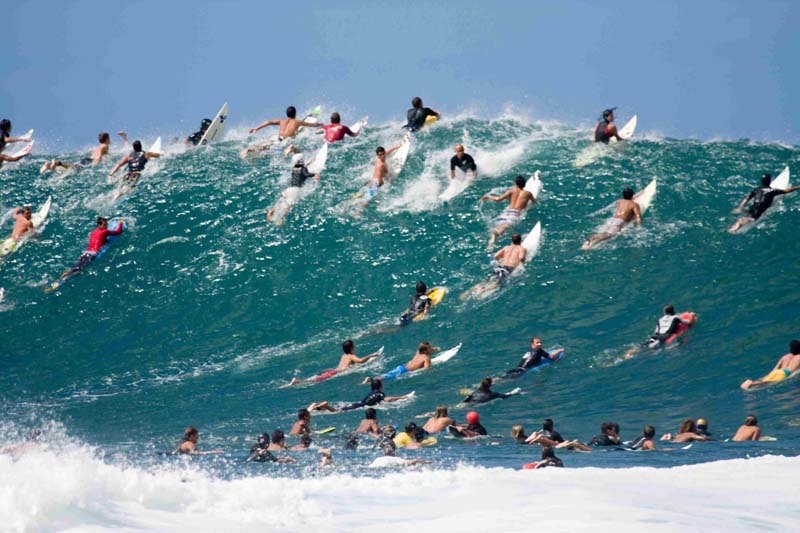
Australia got introduced to surfing in 1910 when a man called Tommy Walker bought a surfing board from Waikiki beach and started practicing. He became an expert rider within the next 2 years and gave exhibitions in Sydney in 1912.
Great Britain: Two Hawaiian students who were studying at a college in Bridlington, Yorkshire, instructed a British man, John Wrightson, on how to surf in 1890. This made him the first British surfer and introduced the sport to the country. This meant that surfing reached Europe as well, gradually spreading across the continent.
Countries like France and Portugal soon became hotspots for surfing, attracting thousands of visitors every year. If you look at the scenario today, there are places like San Sebastian in Spain, Tenby in the United Kingdom, and Bundoran in Ireland that is very popular among surfers. France and Portugal remain the top destinations for surfers in Europe.
Surfing in the Modern World
Ever since surfing’s gradual spread and popularity throughout the world, it has found small pockets in a lot of countries because of the consistency and size of the waves as well as the scenic nature of the beaches next to them. We spoke about how Malibu has become a surfing epicenter in a previous section.
Similarly, Australia has developed quite a large following for surf culture because of the large number of beaches present around it. Besides this, countries like Mexico, France, Indonesia, South Africa, Brazil, Costa Rica, Peru, and Japan have also developed surfing hotspots that are visited by thousands of advanced and first-time surfers every year.
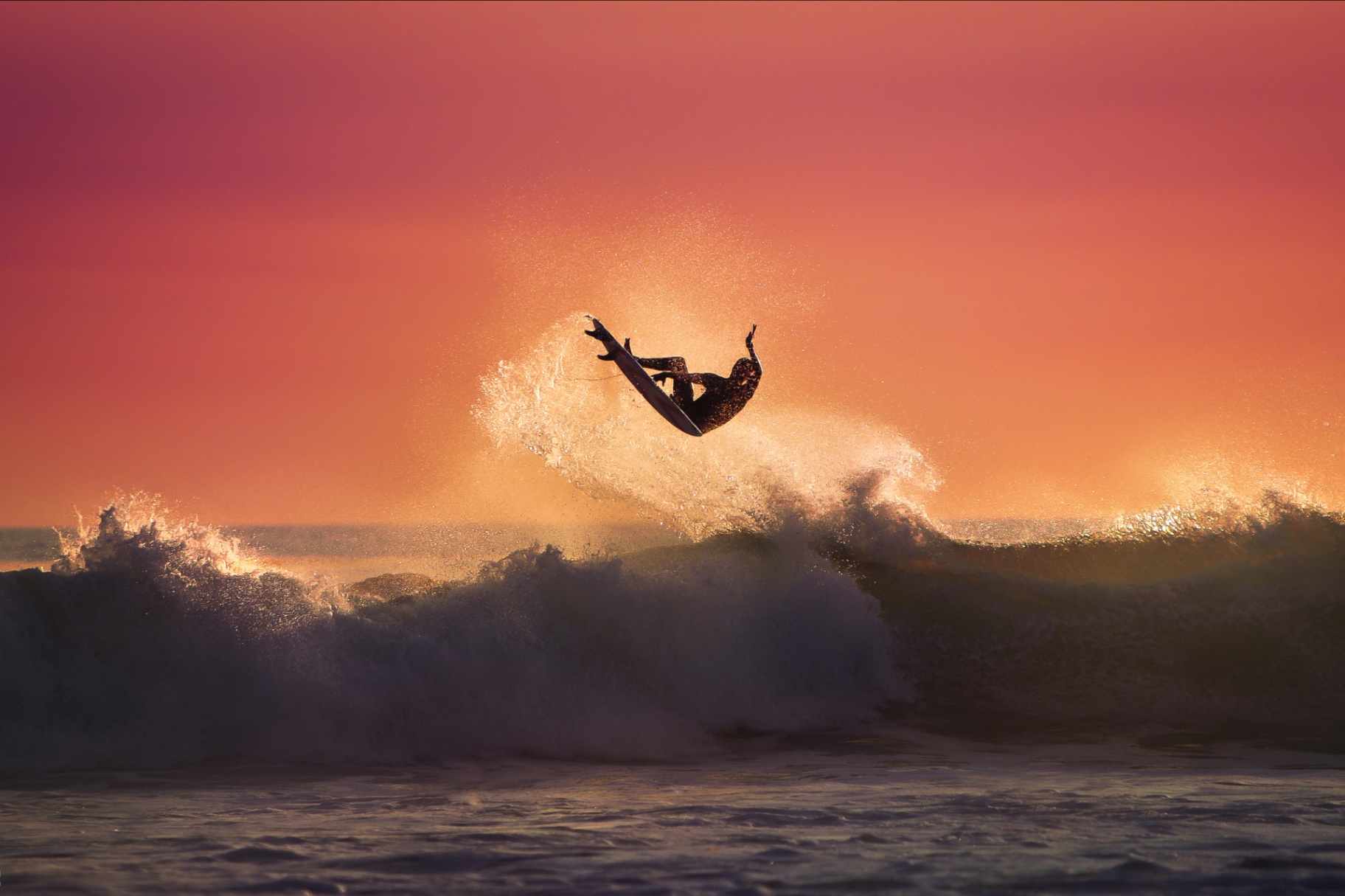
The Bottom Line
Surfing has been around for several centuries. The thrill of getting up on a board, going into the ocean, and using large, fast waves to glide along would make anyone feel like they’re one with nature. Ancient Polynesians discovered the thrill of the sport several centuries ago, and the sport was distributed in small pockets around the world before it became mainstream.
After Hawaii, the culture gradually spread to other parts of the world, making surfing one of the most popular beach sports today. In today’s scenario, places like California, Australia, South Africa, Indonesia, France, and Portugal have some of the most scenic beaches and waves to surf on.







